But what is a “gaming enthusiast” exactly? Easy—it’s a PC builder, a content creator, or just a lover of great games. It’s someone who loves playing games on their computer and someone who wants to put the best possible components in their rig to make that happen. More importantly, they want to play games at their highest potential.
That’s a gaming enthusiast, and that’s who ASUS has targeted with this new ROG board.
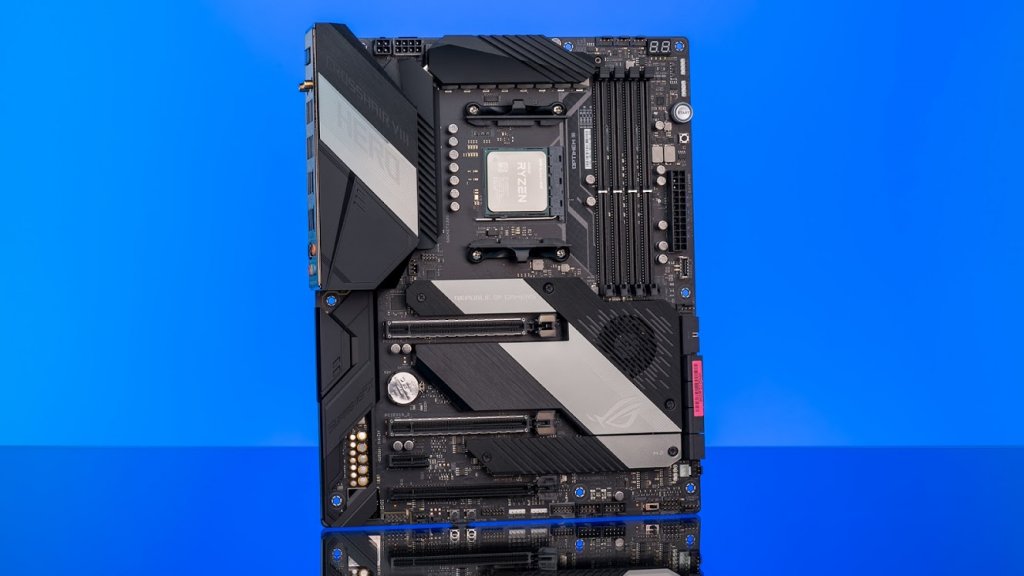
I consider myself to be one of these enthusiasts, as I’ve been gaming on PCs and building my own rigs since high school. That being said, I wanted to know exactly what it means to have a motherboard tailor-made for someone like me. If it’s an enthusiast board, what does it offer me? Why is it useful? All that and more in this overview of the ASUS ROG Crosshair VIII Hero X570 chipset motherboard.
One note before we dive in: The new Crosshair VIII Hero comes in both WiFi and non-WiFi models. This article will discuss the WiFi variant, but both boards come loaded with the same features (except for, you know, the WiFi).
Dedicated water cooling zone
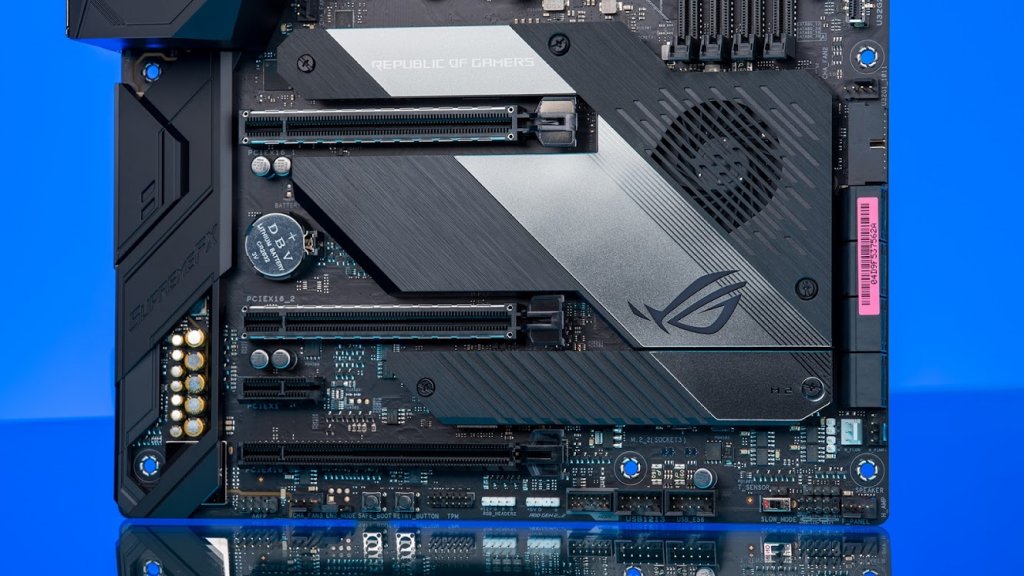
One of the most interesting parts of this board is the dedicated water cooling zone that helps builders customize their liquid cooling setup in ways seldom found in a motherboard.
Gaming motherboards are commonplace in the PC hardware industry, but there aren’t many boards that are this DIY-friendly. This dedicated cooling zone, for example, allows the builder to control temperature of the liquid, monitor the inlet and outlet, and monitor the flow. Tools like this are a treat for anyone that wants to use any liquid cooling, let alone a custom cooling setup.
To learn more about the liquid cooling features of this motherboard, you can check out JJ from ASUS giving us the rundown in this Newegg Studios video from earlier this month (skip to the 2:00:30 mark for the relevant section):
Although a feature like this isn’t something that would be useful to every single PC gamer or builder out there, you’d be hard-pressed to find something similar on other boards. As one such enthusiast, it definitely sticks out to me.
Accurate voltage representation
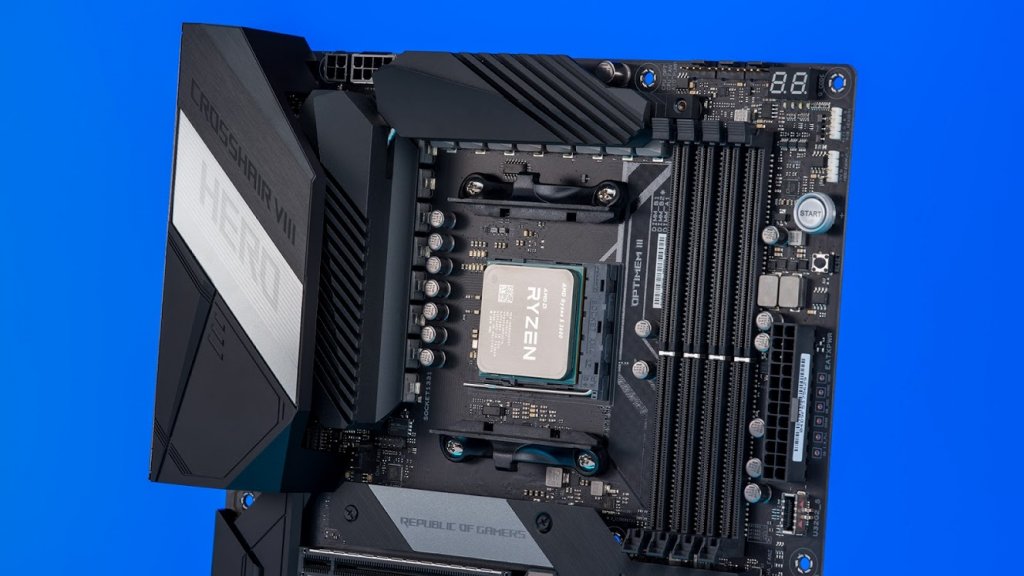
Another unique and interesting feature of this board, which certainly helps it stand apart for the more hardcore builders, is its more accurate representation of power consumption.
Typically, when attempting to track how much power is being consumed by your motherboard, be it to test a new part, to gauge which power supply you’ll need with a highly-custom rig, or even just to attempt to predict your power bill (hey, it might happen), you’d need some sort of voltage-tracking hardware, like a multimeter or other simple electricity monitoring device. Most motherboards come with options to read power usage in the BIOS or elsewhere, but they’re typically off by a significant amount due to various factors. ASUS’ unique design of the Crosshair VIII Hero, however, means you don’t need external hardware at all to get accurate readings.
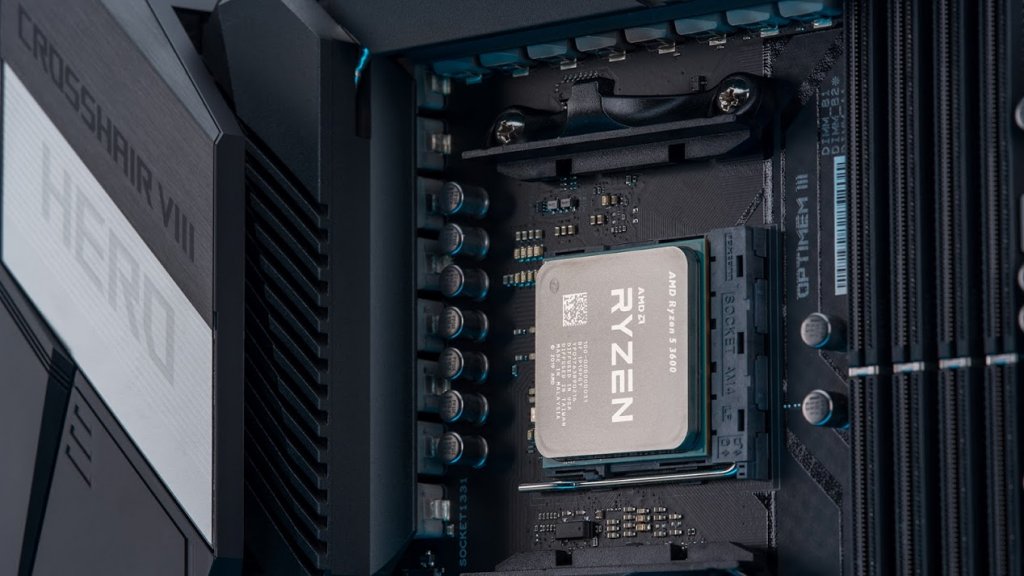 The board was built with a differential circuit design, according to ASUS. This unique circuit design allows the board to read its voltage much more accurately, meaning that what you see in your BIOS is as close as it’s going to get. Aside from the power consumption use cases above, there’s one demographic of PC gamer that will love this feature—overclockers. And there are a lot of overclockers out there.
The board was built with a differential circuit design, according to ASUS. This unique circuit design allows the board to read its voltage much more accurately, meaning that what you see in your BIOS is as close as it’s going to get. Aside from the power consumption use cases above, there’s one demographic of PC gamer that will love this feature—overclockers. And there are a lot of overclockers out there.When you overclock anything, be it a CPU, GPU, or whatever else, the power consumption of the device that was printed on the device’s official specs is immediately voided. To go past the component’s intended performance means utilizing more power, and the only way to figure out how much more power you need is by finding that number yourself. That being the case, more accurate numbers are always welcome.
Tons of other features: PCIe 4.0, a smorgasbord of USB slots, WiFi 6, and a lot more
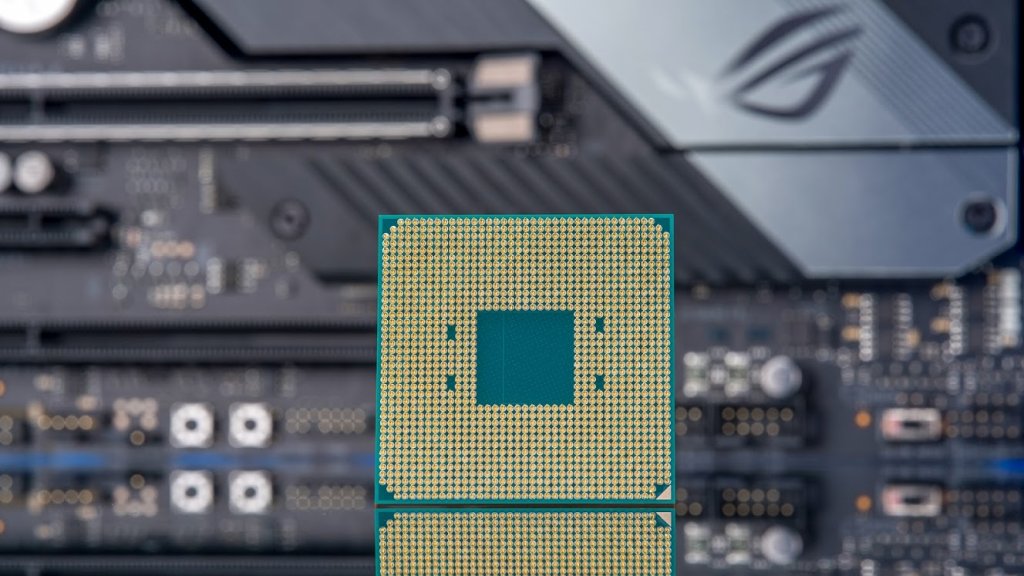
Outside of the few, more niche features that DIY and highly technical enthusiasts will appreciate, the other many features of ASUS’ new X570 boards in general extend to the Crosshair VIII, too. What’s important to note, however, is that this is one of the most feature-rich, premium motherboards in the company’s X570 line. This is the best that ASUS has to offer, bar none, and that means that all those new features that come with most of the company’s X570 boards do come with this board, but they’ve all been amped up. To put it simply, no one said “less is more” when designing this board. The less popular phrase “more is more” was probably thrown around a lot, though.
There are eight SATA ports, four PCIe 4.0 slots, seven Type-A USB ports, support of next-gen WiFi with WiFi 6 and Bluetooth 5.0, 2.5G ethernet, a 16 power phases, and micro-fine alloy chokes. That’s a lot to process, and we mean a lot, but we can break down some of the more impressive pieces of the whole.
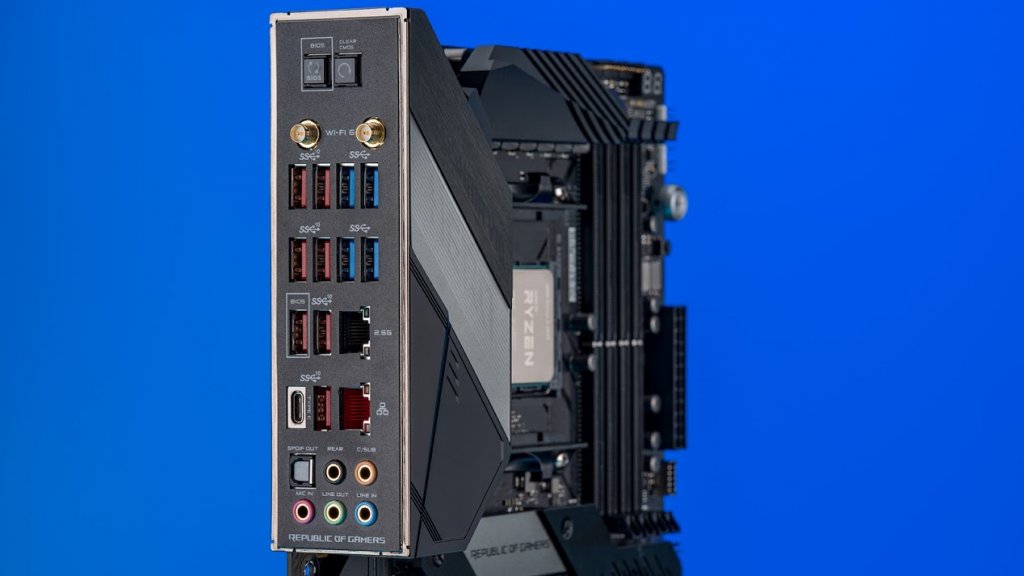
Support for PCIe 4.0 is one thing, but having four whole expansion slots for PCIe 4.0 is another level. It’s true that not many components will be built requiring 4.0 support today, but it will be the norm soon, as hardware manufacturers move on from 3.0. Having so many 4.0 slots means you’re future-proofed for years to come. The same goes for next-generation wireless connectivity with Wi-Fi 6, more technically named 802.11ax-type Wi-Fi. It’s true that most wireless devices will probably continue to utilize Wi-Fi 5 (802.11ac) for the time being, but using Wi-Fi 6 even on those devices should enable better performance, and you’ll be ready when the wave of Wi-Fi 6 devices arrives as the industry standard.
Overall, this board is a force to be reckoned with. It’s packed with more of the same cutting edge features you expect from most X570 chipset motherboards, but its enthusiast features really set it apart, whether that be one extra PCIe 4.0 slot or a whole section built specifically for monitoring custom cooling.
Check out the original post the ASUS ROG Crosshair VIII Hero X570 motherboard by Aaron Mickunas on newegg.com

